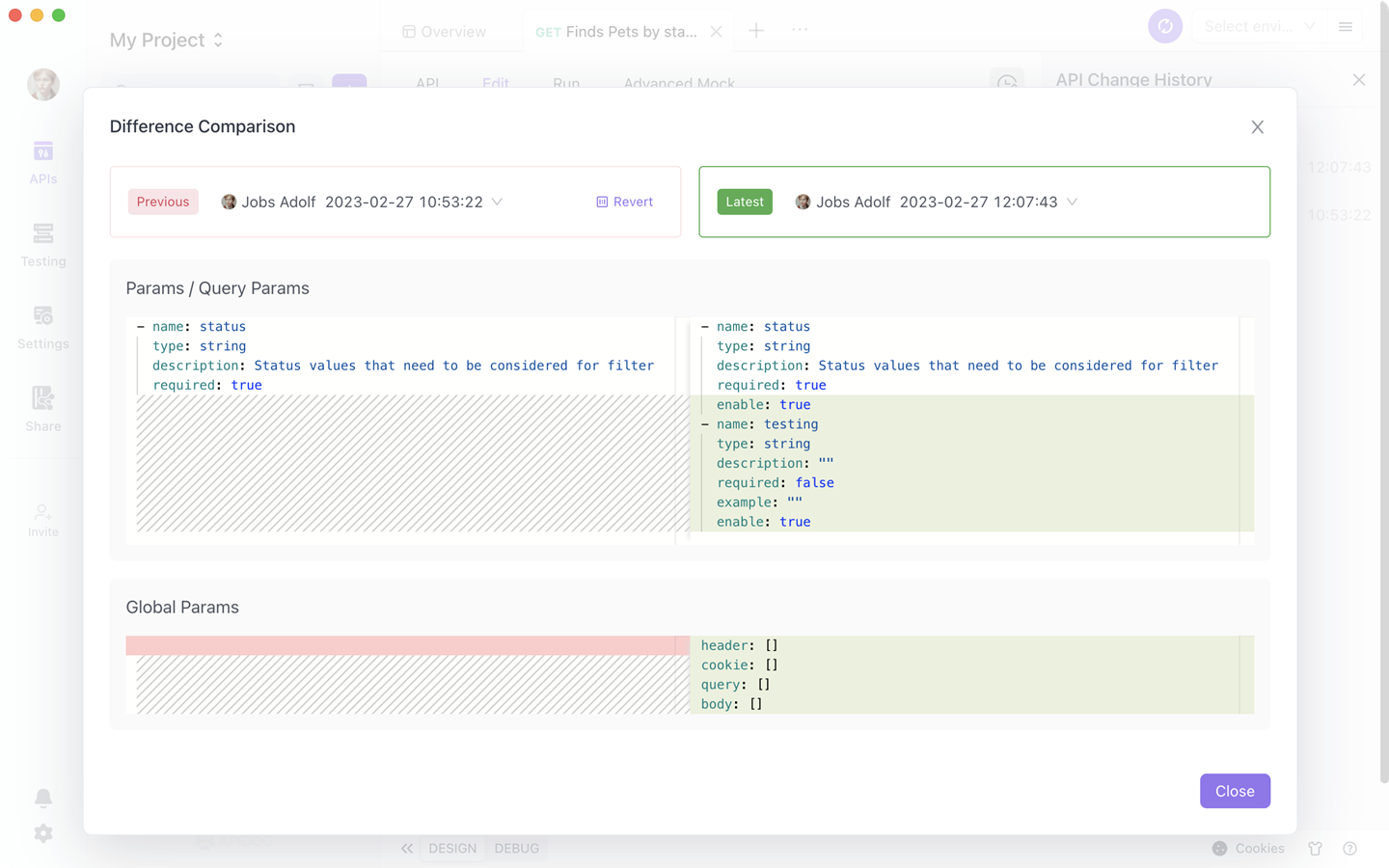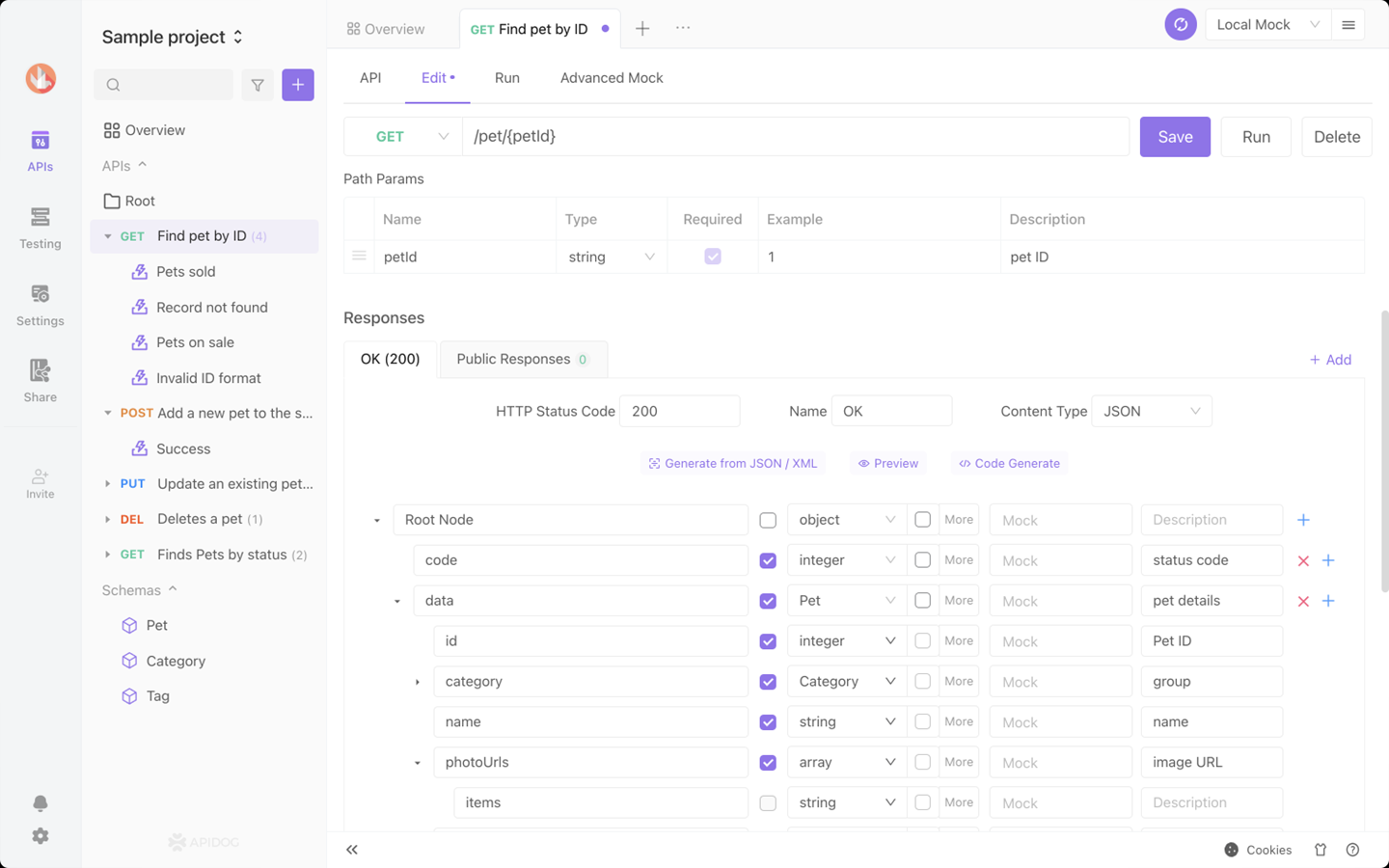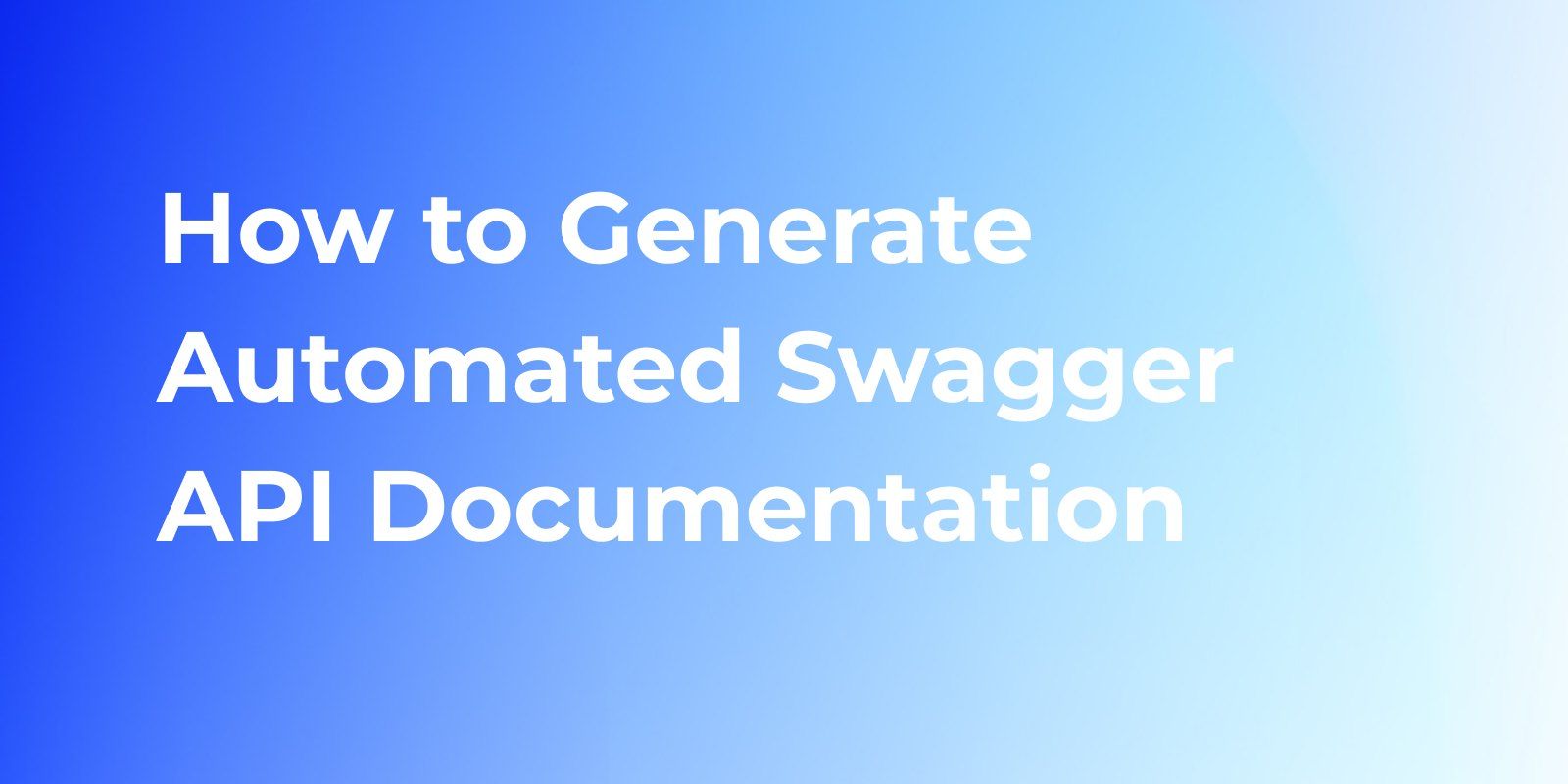Who should Write the API Documentation
Writing interface documentation is a crucial step in the API development process, and it has a significant impact on subsequent tasks such as development, testing, and documentation writing.
What is API Documentation?
API (Application Programming Interface) refers to the communication and exchange of data between systems through artificially pre-set rules and protocols.
If the internet is compared to a commercial street, various applications are the stores on this street. They provide customers with entrances to the store and service guidance, and the products in the store are the services they can provide. Users do not need to understand the internal structure of the store. With the product instructions - the interface documentation, they can understand how the product and services are called.
The interface is an extension of the application's functionality, targeting users with certain development capabilities. The interface documentation instructs developers on how to use the API interface correctly, including information such as the usage method of the interface, parameter description, return value format, error code, etc., just like the product manual, which contains information such as the usage method, precautions, warranty terms, etc. If the interface documentation contains unclear or misleading information, it may cause problems for developers, affecting development progress and product quality. Therefore, the writing of interface documentation needs to be completed by professionals with relevant technical and business knowledge.
What Qualities Should an API Documentation Author Have?
It is obvious that the team member who is most familiar with the product's functionality should write the product manual. They should be very familiar with the interface logic design and functional implementation, and can accurately provide detailed information on interface parameters, return values, error codes, etc., as well as explanations of the usage scenarios and restrictions of the interface.
The backend developers and system architects in the team are more familiar with system design and functional implementation, and can describe the usage method of the interface more professionally and concisely. However, in reality, most developers do not like to write interface documentation, why?
There are two common uses for interfaces, one is for internal team collaboration, and the other is for users to call product functionality. For the former, the short-term benefits of writing internal documents are far lower than the cost it can bring. Because using traditional methods to write interface documentation is a cumbersome and complex process, it requires switching between various tools before finally being able to write an interface document. It is very likely that writing documents will delay the work at hand, facing the challenge from the superior.
For the latter, as a customer product, the interface needs to have user-friendliness and ease of use. Some developers may only focus on technical implementation details and lack in-depth thinking about how to improve project maintainability and scalability, resulting in insufficient interest and motivation to write documents and the quality of the output document cannot have good readability. At this time, product managers and operation personnel can also participate in the writing and polishing of interface documents, making it easier for users to use the interface.
How to Write GOOD Interface Documentation?
Thanks to Apidog's powerful product capabilities and easy-to-use threshold, backend developers and system architects can use Apidog to write interface documentation. Apidog provides many functions to help developers easily write, manage and maintain interface documentation. Here are some advantages of Apidog:
- Automated documentation generation: The API use cases support visual assertions and can also connect to various databases such as MySQL to read and write data, which can automatically synchronize data to online documentation. This way, developers don't have to manually write documentation, saving time and effort.

- Visual API design: Apidog provides a visual API design tool that allows developers to design APIs more easily. Developers can use a drag-and-drop interface to add request parameters, response parameters, and more.

- Online team collaboration: Apidog provides online collaboration functionality, allowing team members to collaborate in the same document, jointly editing and maintaining API documentation.
Version control: Apidog provides version control functionality, making it easy to manage API documentation versions. Developers can add comments and record change details when modifying API documentation, making it easy to find and restore historical versions.

Product managers and operations personnel can learn the basic knowledge related to API documentation by reading "How to Read Common API Documentation?" and participate in the first batch of API feature usage as internal "guinea pigs" to debug and polish API documentation.

Product managers and operations staff can learn the basics of interface documentation by reading ["How to Read Common Interface Documentation?"] to learn about the basics of interface documentation, participate as internal "guinea pigs" in the first users of interface features, debug and edit online, and touch up Interface documentation.
In short, using Apidog can make it easier for developers to write, manage, and maintain API documentation, improve team collaboration efficiency, and reduce internal communication costs, thereby better serving users.



